An extraction is typically performed using solvents like hydrocarbons, supercritical CO2 and ethanol, which are employed to produce various cannabis extracts. In all the three processes, the solvent that is to be used is mixed with plant material of cannabis so that the active chemicals can dissolve. The cannabis oil is next separated with its residual solvent.
What is the greatest extraction method? The three approaches of cannabinoid (and terpene) extraction are different in their prerequisites as to being cost-effective, proceedings, product, and security among others and in addition, the nature of the extracts yielded. The most appropriate method of extraction of cannabis will be determined by your budget and objectives.
Hydrocarbon Extraction
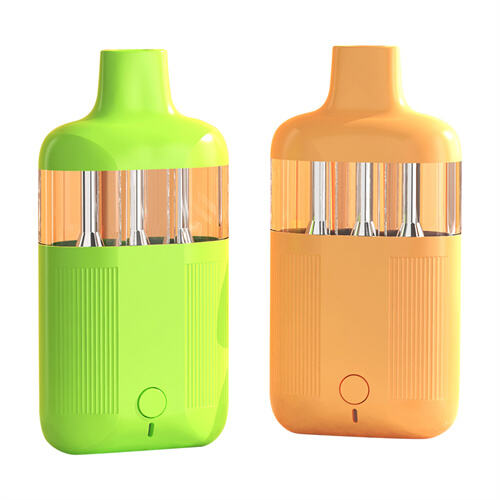
The hydrocarbon extraction method of cannabis is the most dynamic one in regards to volume of input material and the SKUs. Cannabis, more precisely, that is classified as plant (not hemp), is most widely used.
In order to carry out hydrocarbon extraction:
Any form of raw cannabis (either trim, sift, fresh frozen, or dried flower), is placed into an extraction column.
The active compounds are dissolved by either butane or propane as one or several light hydrocarbons are forced through the plant material. By definition BHO extraction is conducted using butane. BHO is shorthand for butane hash oil. Propane is used to make PHO (“propane hash oil”).
The left out solvent is given off by vacuum on cannabis oil. Others might do a dry cure optional color remediation process (CRC) prior to vacuum purging of very low grade trim or fading biomass.
Use Cases
Hydrocarbon cannabis oils give rise to a wide variety of SKUs that include live resin (using fresh frozen flower), wax, crumble, and badder and budder extracted at different purging parameters, high terpene extract, THCA, diamonds and sauce, and THC distillate.
Advantages of Hydrocarbon Extraction
- Live material of hydrocarbon extraction produces the most profitable final product that is live resin.
- It is possible to use hydrocarbon extraction with any type of starting material.
- The equipment involved in hydrocarbon extraction is hands down the more affordable one to install. Nevertheless, you will still wish to make sure that you have invested in a top quality closed loop system of extraction like that produced by Illuminated Extractors.
Disadvantages of Hydrocarbon Extraction
- Technically despite a very thorough purge procedure there will always still exist very small amounts of butane PPMs, yet less than when you smoke flower with a lighter. It is very necessary to purge.
- Solvents obtained by use of hydrocarbons are very flammable. The process must take place and be thorough in a licensed C1D1 room, as well as have extensive health safety training and procedure best practices.
How to Improve Hydrocarbon Extraction Efficiency

The extraction process is greatly facilitated by carrying out biomass reduction prior to loading the plant matter into the extraction column in the case with hydrocarbons.
Biomass reduction means freezing the dried or fresh frozen biomass in negative temperature which is provided by liquid nitrogen and then making the biomass rotate in a drum with a 200 it/400 it mesh screen. Stuff like that passes through the mesh but a large part of the plant material gets into the drum.
The trichomes can also be compacted into its hydrocarbon extraction column in order to achieve better extraction and the rest of the plants can be processed through an ethanol system then further refined to obtain distillate.
Our runs done in a side-by-side layout have demonstrated that biomass reduction using The Original Resinator XLS Pro and liquid nitrogen saves at least 80 percent of the required amount of solvent in addition to an 85 percent reduction in labor hours and 7.48 percent on average increases in yields when compared to utilizing the whole-plant material to run (see the particulars in our biomass reduction and hydrocarbon extraction white paper).
The savings in the process of extracting hydrocarbons over a period of time are huge.
Main Takeaways about Hydrocarbon Extraction

Hydrocarbon extraction is an extraction technique that is currently one of the most popular extraction techniques of cannabis due to its low prices, high production rates, and flexibility in what it can take in and what it can output. Extractors also love it as well due to the production of high-ticket products having the ability to produce oleoresin such as live resin.
Performing biomass reduction prior to the hydrocarbon extraction process significantly improves the efficiency of the process for reduced hydrocarbon use (and hence reduced costs of hydrocarbon replacement) and only a fraction of the labor costs for improved profitability.
CO2 Extraction
At the beginning of legal cannabis industry, carbon dioxide extraction was extremely famous but it has eroded with arrival of superior technology.
Supercritical carbon dioxide (CO2 extraction) Supercritical carbon dioxide (CO2 extraction) is the process of extracting the active cannabis compounds using pressurized carbon dioxide. Carbon dioxide in its supercritical state (between a liquid and a gas) run through the material of cannabis plants has the effect of a chemical solvent. To make extraction easy water is usually added. The extract is then desolventizer leaving the CO2 cleanly evaporated off the extract.
Use Cases
CO2 extraction is mainly applied in processing hemp or trim that is dry to obtain THC or CBD oil that can be used in vaporizers.
Advantages of CO2 Extraction
- Supercritical CO 2 extraction allows high scale and throughput.
- The CO2 extraction provides a clean finished product that would not leave a possibility of a chemical solvent being left in the material after extraction.
- With the cannabis extraction, extractors are able to select exact compounds by controlling temperature and pressure.
- After the extraction of CO2, very minimal post-processing is needed.
Disadvantages of CO2 Extraction
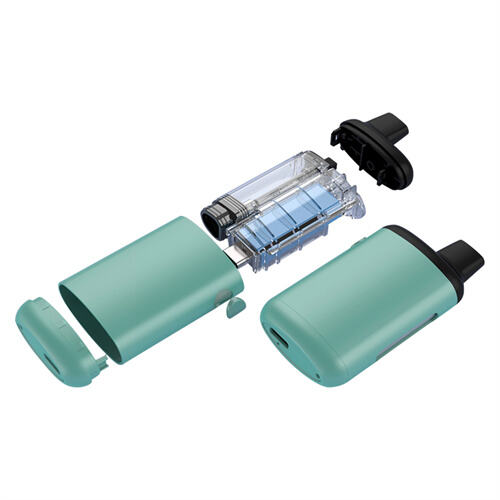
- CO2 extraction can only work on dry material and, in most cases, this is marijuana or hemp trimmings, and thus, does not have as many uses as hydrocarbon or solventless extraction.
- CO2 extraction systems are highly costly to acquire, and as well to operate since they consume a lot of energy.
- very high pressure is used in it. It is therefore necessary to ensure that the applicable safety precautions are observed to safeguard the operators. Like extraction of hydrocarbons, extraction using LPG is safe in a well-conducted extraction process.
Main Takeaways about CO2 Extraction
The big advantage of CO2 extraction is its final product is very clean, requiring no chance of residual solvents that goes hand in hand with alternative encompassing solvent-based extractions. It is no longer as popular as it was at the dawn of the legal cannabis industry because of its prohibitive installation expenses, energy consumption and lack of adaptability to material compared to other extraction process.
Ethanol Extraction
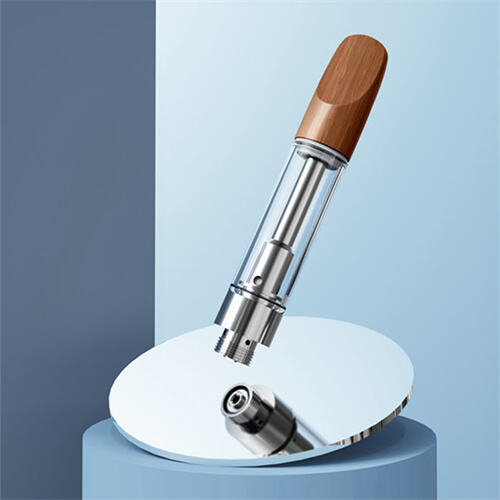
Ethanol extraction remains popular for its high throughput and relatively low impact on human and environmental health. Ethanol (an alcohol solvent) has been granted a “green circle” designation by the Environmental Protection Agency, which means that the chemical “has been verified to be of low concern based on experimental and modeled data.”
By way of comparison, butane also has a green circle designation and propane has a green half-circle, which means that “additional data would strengthen [the EPA’s] confidence in the chemical’s safer status.”
Ethanol extraction can be performed in several ways:
- The traditional maceration method
- The hot Soxhlet Extraction method
- Cold ethanol extraction
- Cold ethanol extraction with a centrifuge
Cold ethanol extraction with a centrifuge is the most commonly used ethanol extraction method today. The plant material is ground and then soaked in cold ethanol in a centrifuge. The mixture is then spun in the centrifuge and the extracted solution is pumped into a collection vessel. From there, the ethanol is removed, generally via falling film evaporation.
Use Cases
Ethanol extraction is mainly used for bulk hemp extraction or bulk THC oil processing. The lowest quality material of all three types is generally pushed through ethanol systems. The primary SKU ethanol systems make is bulk crude oil that then requires further refinement for use in vapes, edibles, gel caps, tinctures, and topicals.
Advantages of Ethanol Extraction
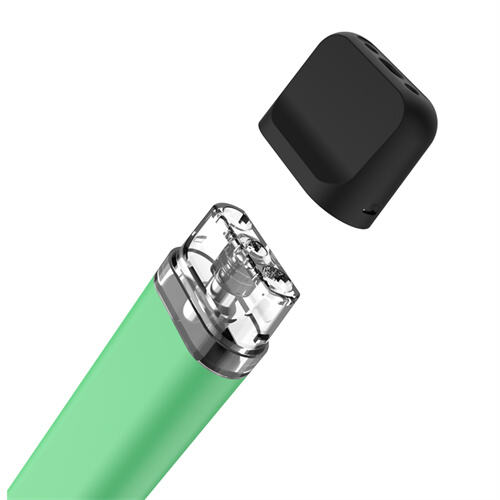
- Ethanol extraction method has the greatest throughput among all methods enlisted.
- Compared to the CO2 extraction, ethanol extraction consumes less electricity, and that makes it less expensive to operate it and even expand after acquiring and installing the necessary machinery.
- Cannabis material of low quality can be extruded as ethanol to create SKUs that can be sold.
- The plant material can be extracted by cold and warm extraction of various types of compounds using ethanol. There is a larger scale of compounds that can be dissolved in warm ethanol extraction compared to cold ethanol extraction.
Disadvantages of Ethanol Extraction

- In the majority of cases, ethanol extraction apparatus is extremely expensive.
- Ethanol extracts more compounds than the other methods of extraction. Polar solvents such as chlorophyll are also dissolved by it since it is polar. This may become a strength or weakness based on the products extractor wishes to produce.
Main Takeaways about Ethanol Extraction
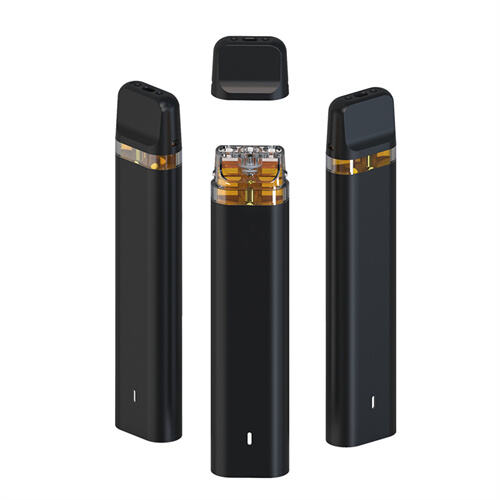
The extraction done using ethanol could be quite useful and practical in realizing the yield of revenue generating products made out of the poor quality in the cannabis plant. However, the low selectivity of the solvent that dissolves the compounds found in cannabis means that much post-processing is required.
The new recruits in the cannabis extract business can also find the high setups as a put off. These may however be compensated to an extent by the lowered cost of using electricity in comparison to CO 2 pull out.
Commonalities between Hydrocarbon, CO2, and Ethanol Extraction
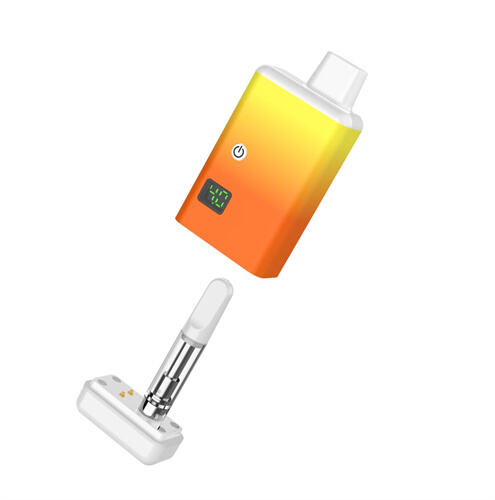
All these processes that involve extraction of hydrocarbons, CO2 and ethanol extraction also involve the use of solvents to pour the active constituents in cannabis. All the three types of extraction process pose some sort of safety risks and they must be operated by some form of smart management and experienced workers at least in the form of a director or a manager.
The greets of the three techniques of solvent extraction are well. Selectivity however is a factor of the kind of solvent used, temperature, and pressure. All these ways of extraction need experiment and experience to get the best results.
Table of Contents
- Hydrocarbon Extraction
- Use Cases
- Advantages of Hydrocarbon Extraction
- Disadvantages of Hydrocarbon Extraction
- How to Improve Hydrocarbon Extraction Efficiency
- Main Takeaways about Hydrocarbon Extraction
- CO2 Extraction
- Use Cases
- Advantages of CO2 Extraction
- Disadvantages of CO2 Extraction
- Main Takeaways about CO2 Extraction
- Ethanol Extraction
- Use Cases
- Advantages of Ethanol Extraction
- Disadvantages of Ethanol Extraction
- Main Takeaways about Ethanol Extraction
- Commonalities between Hydrocarbon, CO2, and Ethanol Extraction

